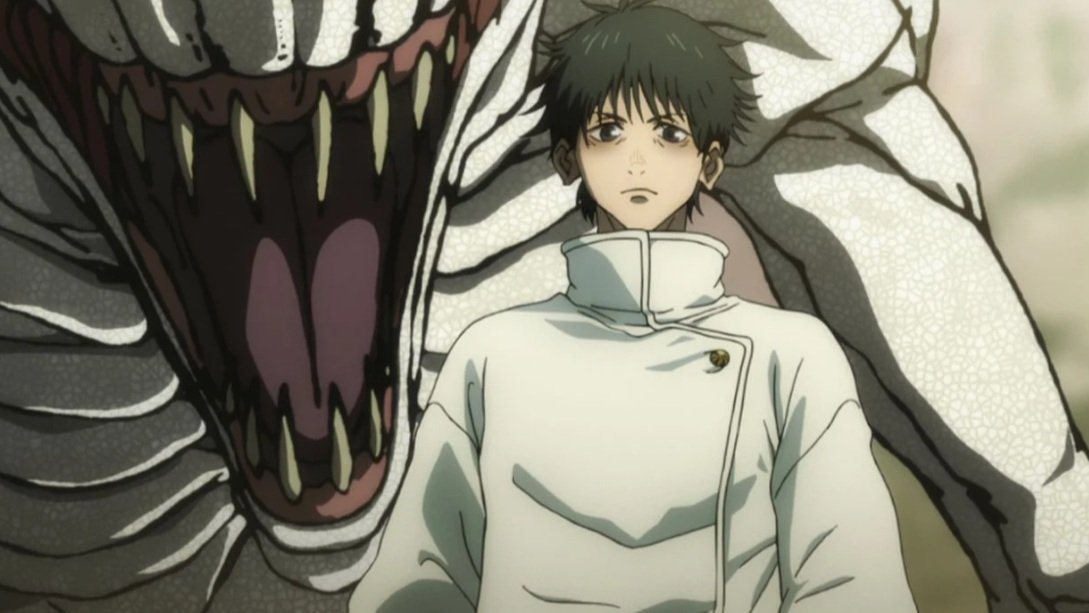Review: Belle
Note: this review is based on the subtitled version of the film, which has the original Japanese voice acting. All mentions of character voice actors will reflect this. Belle will be released in both this original version and an English voice dub produced by GKIDS.
Stories about the Internet and social media are always difficult to develop. One has to walk a difficult tightrope; films must avoid either being too preachy about the obvious dangers of the Internet, or too outdated by using specific lingo or referencing old trends. After all, the Internet is a constantly-changing landscape where trends and developments are fleeting. What always persists on the Internet, however, is a sense of mindless cruelty. Someone can easily become a scapegoat for the guilt of others for seemingly no reason, although humiliating bigots and abusers on the World Wide Web is often encouraged. However, sometimes that energy can be put onto those who ultimately do not deserve it. Perhaps they have a specific passion that one doesn’t like or has a talent that bitter trolls latch onto.
This idea is something that director Mamoru Hosoda has tackled before with the sublime Summer Wars, and he returns to it in his new film Belle. Suku (Kaho Nakamura) is a timid girl from the Kōchi prefecture with a big secret – her alter ego, the titular Belle, is the biggest pop star in the virtual world of “U”. Much like Facebook’s maligned introduction of the Metaverse, U is a world where virtual avatars can do as they please and escape from the real world. In Suku’s case, she is able to use U as a way to regain her love of singing, eventually becoming a major figure within its digital confines. However, when a concert is disrupted by a mysterious figure known as The Dragon (Takeru Satoh), she finds herself on a quest to discover his real-world identity.
It should come as no surprise that Belle is expected to follow Hosoda’s previous film Mirai and become a frontrunner for Best Animated Film this upcoming awards season. The animation is by and large the film’s strongest asset, as the real world and the world of U have two distinct animation styles. Suku’s reality is depicted in sleek 2D animation, while U is animated entirely in 3D. Both worlds provide extremely smooth movements with expressive characters and popping color, making certain the film is never boring to look at. The soundtrack is also a major highlight, with Kaho Nakamura’s “A Million Miles Away” being the tearjerking favorite thanks to her powerful and emotional vocal performance.
Unfortunately, the film is forgettable aside from those standout components, as the story itself is a bit of a mess. If you haven’t already guessed, the film is a technological riff on Beauty and the Beast, with a special love for Disney’s 1991 adaptation by Gary Trousdale and Kirk Wise presenting itself throughout. As one might recall, the main purpose of the story is to showcase how menacing and, ahem, beastly figures are often kind at heart, driven to their current state by far more human enemies. This is no exception in Belle, heightened by the fact that one doesn’t create their avatar in the world of U. Rather, the avatar is created by a variety of physical and mental factors that are collected by the app. And you thought the Metaverse would be an invasion of privacy!
Following this thematic thread, however, is where Belle ultimately falls apart. In an attempt to be as spoiler-free as possible, I will only say that the identity of The Dragon hinges upon the realities of abuse faced by the person on the other side of the screen. It is important to note that nothing gratuitous is shown and that the symbolism does make sense when tied to Japanese mythology. However, rather than making it feel like an integral part of the story, this inclusion feels shoehorned into the film at the last minute. Suku and her terrible friend/manager Hiro (Lilas Ikuta) have several different theories as to who The Dragon ultimately is, and that time could have been used to more effectively build up the metaphor the film wants to make.
This leads to another issue that undermines the film’s core message. Its story is presented in a way that’s less non-linear than it is just genuinely confusing. The film opens with Belle giving a grand performance, then backtracks to when Suku discovers U and creates her online persona. It is also interspersed with sudden character developments, such as when popular girl Ruka (Tina Tamashiro) suddenly becomes close with Suku despite having barely interacted in her previous scenes. The entire delivery of its story is clumsy and taken in several different directions, to the point where it sometimes felt like scenes were either cut or not animated at all. It is a shame as well considering how good-natured the film appears to be.
Belle will be charming to many, particularly in how good it looks. You can probably expect a lot of stills from this movie to be used in “anime aesthetic” mood boards and Twitter banners. However, it ultimately feels like a film meant to pander to Western weeaboos who immediately credit anything from Japan as revolutionary or unique. It’s the ultimate case of style over substance, where its gorgeous animation is simply not enough to make up for its flimsy storytelling.






























